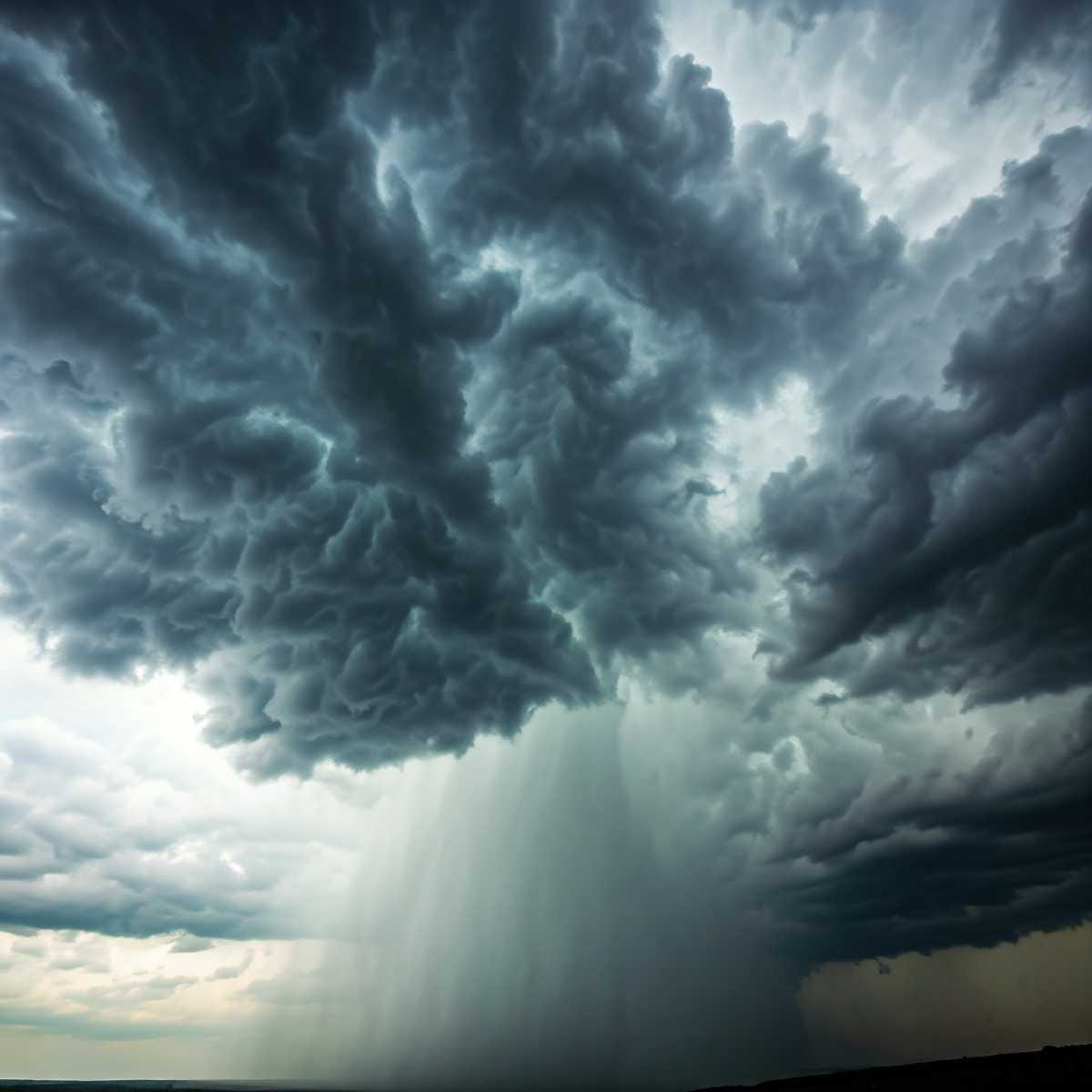How DANA Transforms Weather Patterns Across Continents
DANA, a rare meteorological phenomenon, wreaked havoc in Valencia, Spain. Unlike common weather patterns, DANA forms high in the atmosphere and can bring intense rain and flooding. While uncommon in Mexico, past occurrences have led to unusual weather events like snowfall in unexpected regions.

If you were watching the news a few weeks ago, you may have seen dramatic footage from Valencia, Spain—streets turned into rivers, cars floating away like plastic toys, and people scrambling to salvage anything they could from their waterlogged homes. This wasn’t your run-of-the-mill thunderstorm; it was a meteorological behemoth known in Europe as DANA, or Isolated Depression at High Levels. It left a trail of destruction so severe it resembled the aftermath of a blockbuster disaster movie.
But if you’re sitting in Mexico, sipping your coffee and chuckling at Europe’s meteorological woes, don’t get too smug. A storm of this nature, though exceedingly rare, could visit Mexico, albeit with its own unique flavor.




